Maryland’s New B2B and Digital Taxes to Address $3B Budget Gap – 2026 Fiscal Plan

In the Budget Highlights for the 2026 fiscal year, Maryland Governor Wes Moore announced that the state faces a USD 3 billion budget gap caused by increased state spending and slow economic growth in recent years.
While the governor is advocating for spending cuts as a solution to the budget gap, which is considered the biggest fiscal crisis in the past two decades, legislators have proposed several measures, mainly relating to increasing taxes on businesses. The two most significant proposals are introducing a business-to-business (B2B) services tax and a data broker gross income tax.
Key Implication of Proposed Taxes
Under the proposed B2B service tax, the definition of the taxable services would include B2B services such as accounting and payroll, office support, data and IT services, consulting, photography and design, landscaping and repairs, tax preparation, asset management, and other services. The proposed applicable tax rate for these services is 2.5%, much lower than the 6% sales tax rate.
If adopted and introduced, the B2B service tax could generate around USD 1.4 billion in revenue in the 2026 fiscal year, which is a significant increase from the USD 944 million generated in 2023. However, there are adverse effects relating to this decision, such as increased prices and higher effective sales tax rates, where the final burden will fall on the final consumer.
The second proposed measure is the introduction of a data broker gross income tax at the rate of 6%, which should generate between USD 90 and 100 million annually. The revenue generated from this tax would be spread across several specific funds, such as the Blueprint for Maryland’s Future Fund and several smaller funds focused on privacy protection, digital literacy, and AI projects.
However, imposing the data brokers tax could also result in double taxation for businesses already subject to the state’s corporate income tax.
Conclusion
The Governor and the legislature must balance the need for new sources of revenue, and budget needs with the potential negative impact of introducing new taxes or raising the rates of already existing taxes on businesses and consumers.
Therefore, the final solution might be a combination of spending cuts, an increased sales tax rate, or introducing one of the proposed new taxes on businesses.
Source: Maryland General Assembly - HB1554, Maryland General Assembly - SB1045, Maryland General Assembly - HB1089, Maryland General Assembly - SB0904, Tax Resolution Professionals, Maryland Budget Highlights

Featured Insights

Angola’s E-Invoicing Mandate: Phased Implementation Continues Into 2026
🕝 December 10, 2025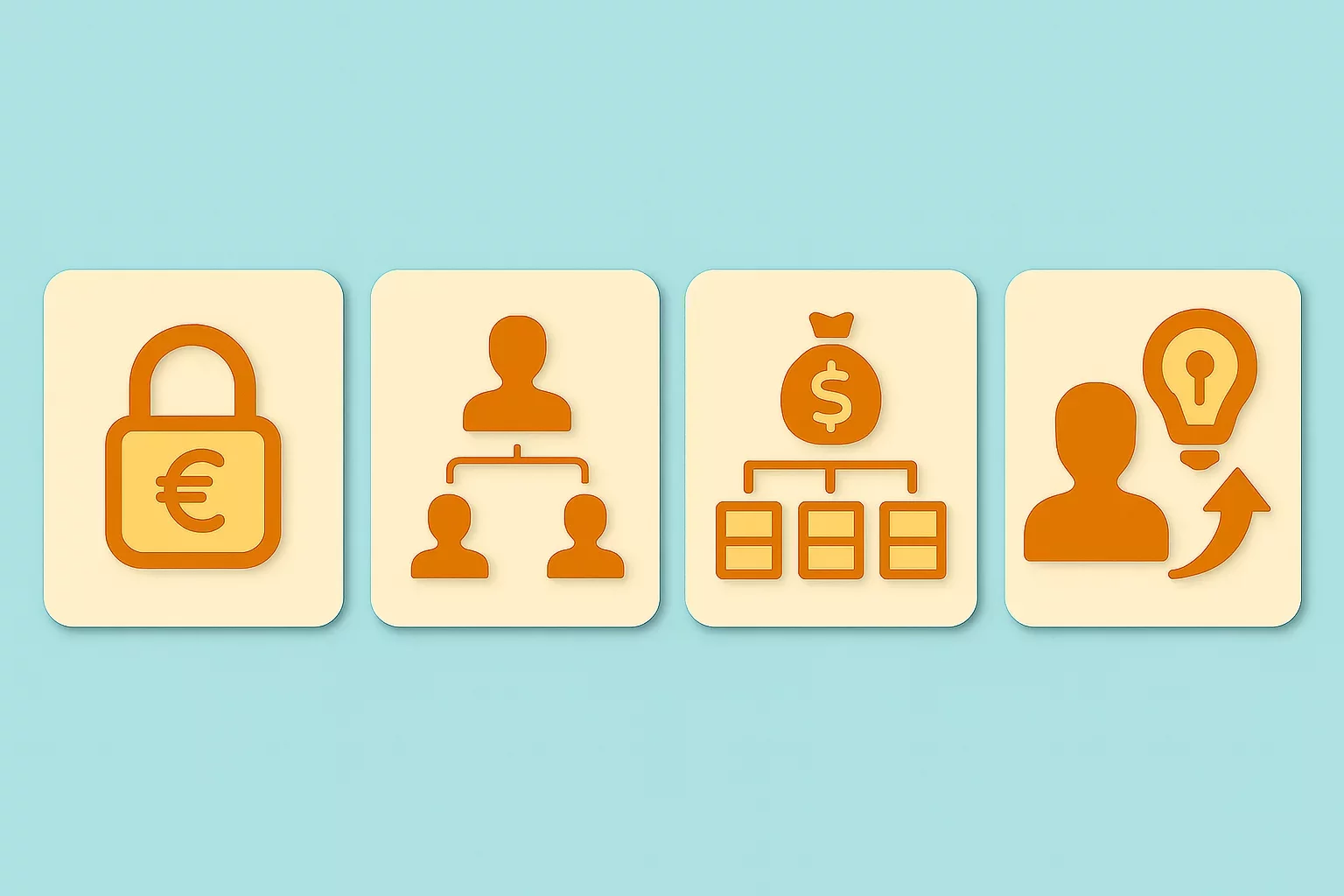
VAT Deduction and Business Succession: When Do Advisory Costs Serve the Company’s Interest?
🕝 December 8, 2025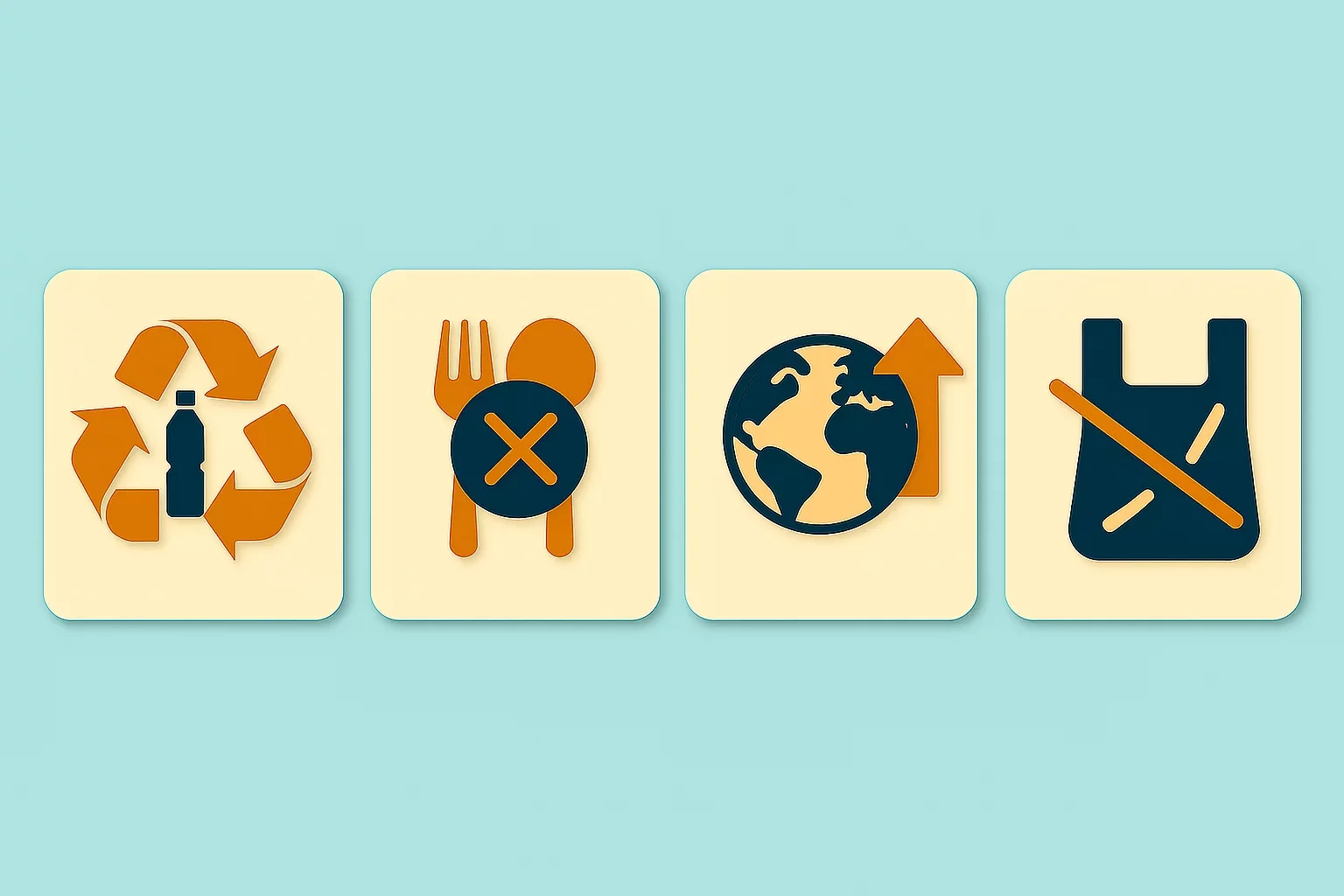
Europe’s Plastic Fiscal Shift: Why Italy’s Plastic Tax Now Starts in 2027
🕝 December 3, 2025
The Decline of Low-Value Import Exemptions: Closing Gaps in Cross-Border E-Commerce
🕝 November 20, 2025More News from United States
Get real-time updates and developments from around the world, keeping you informed and prepared.
-e9lcpxl5nq.webp)

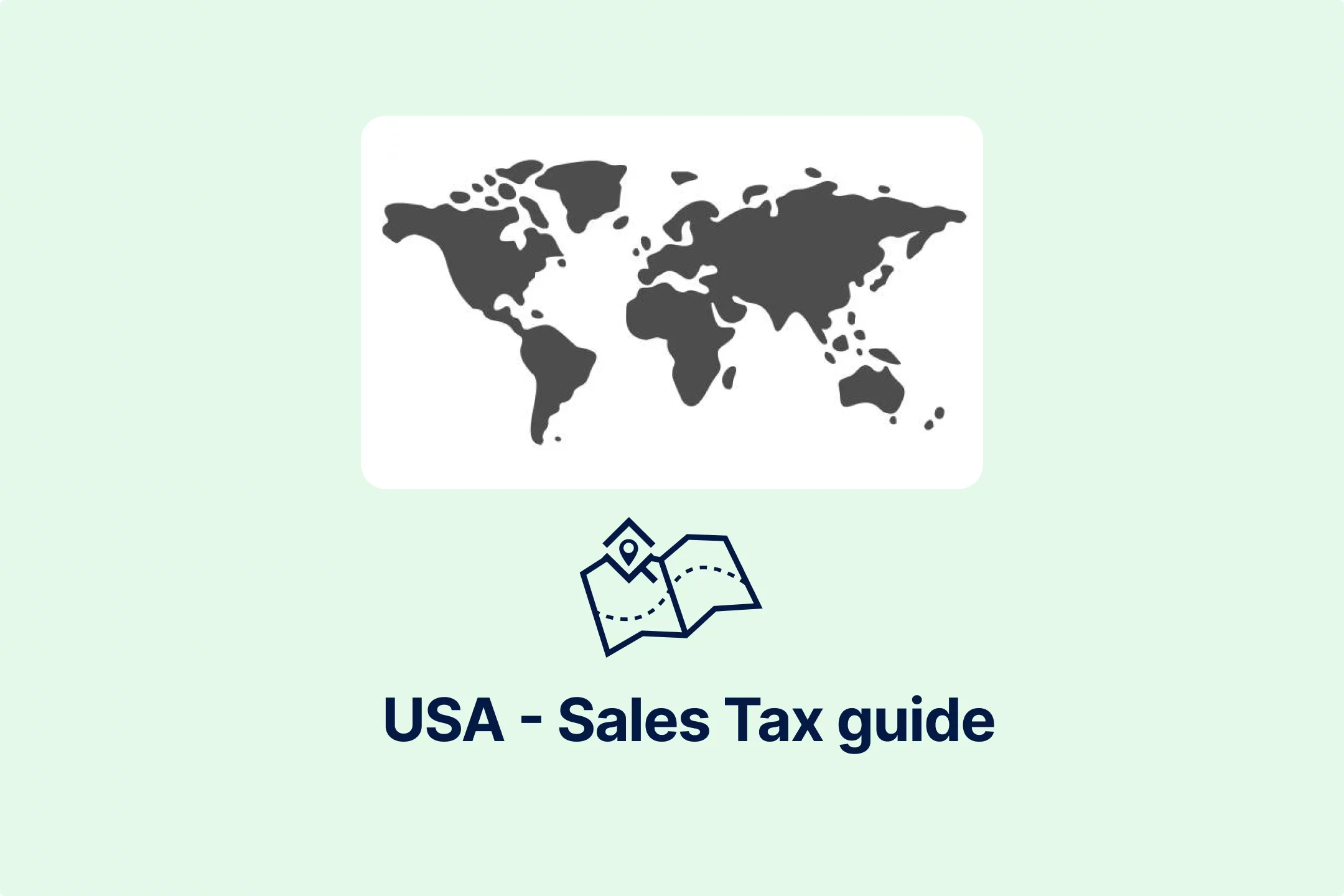

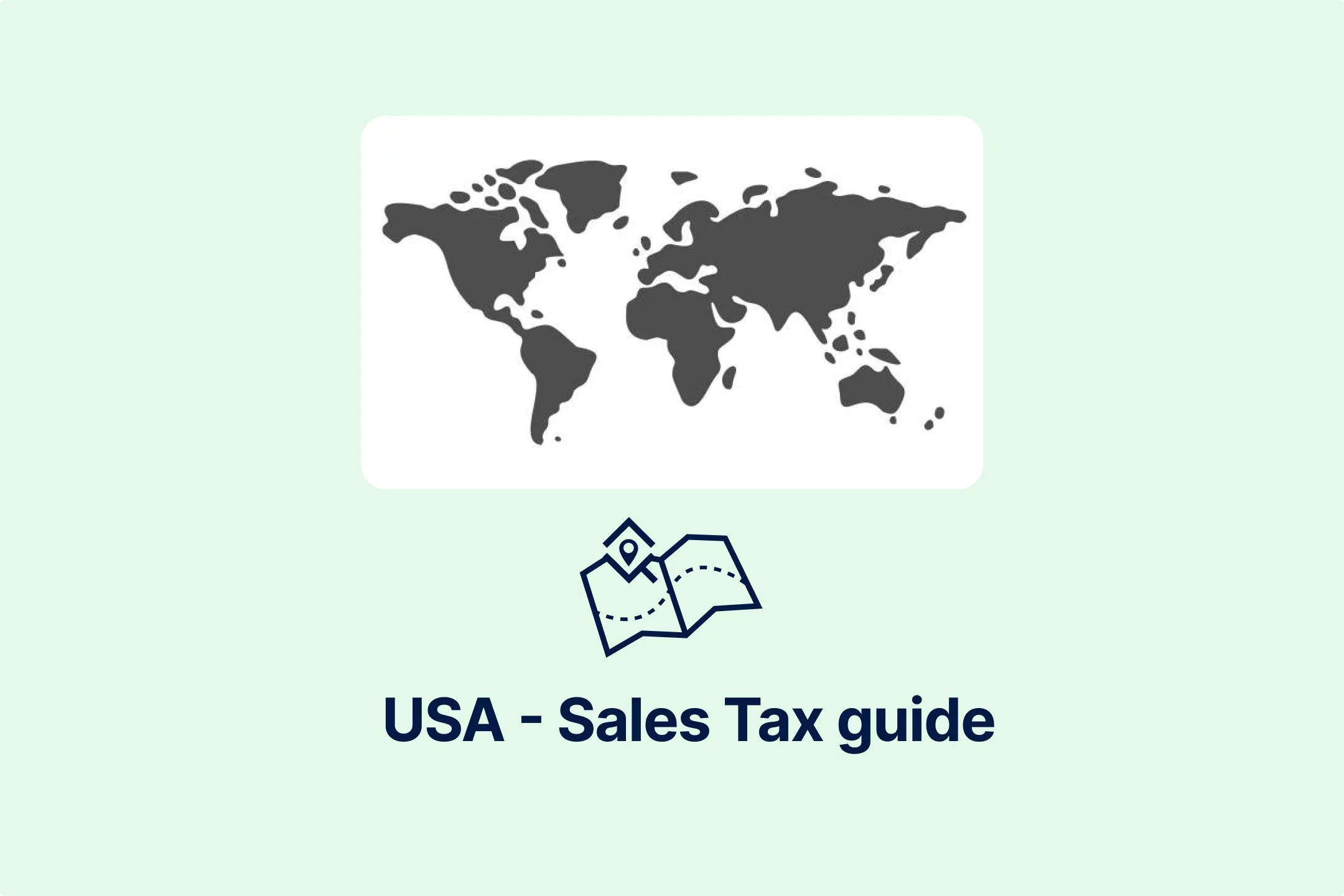

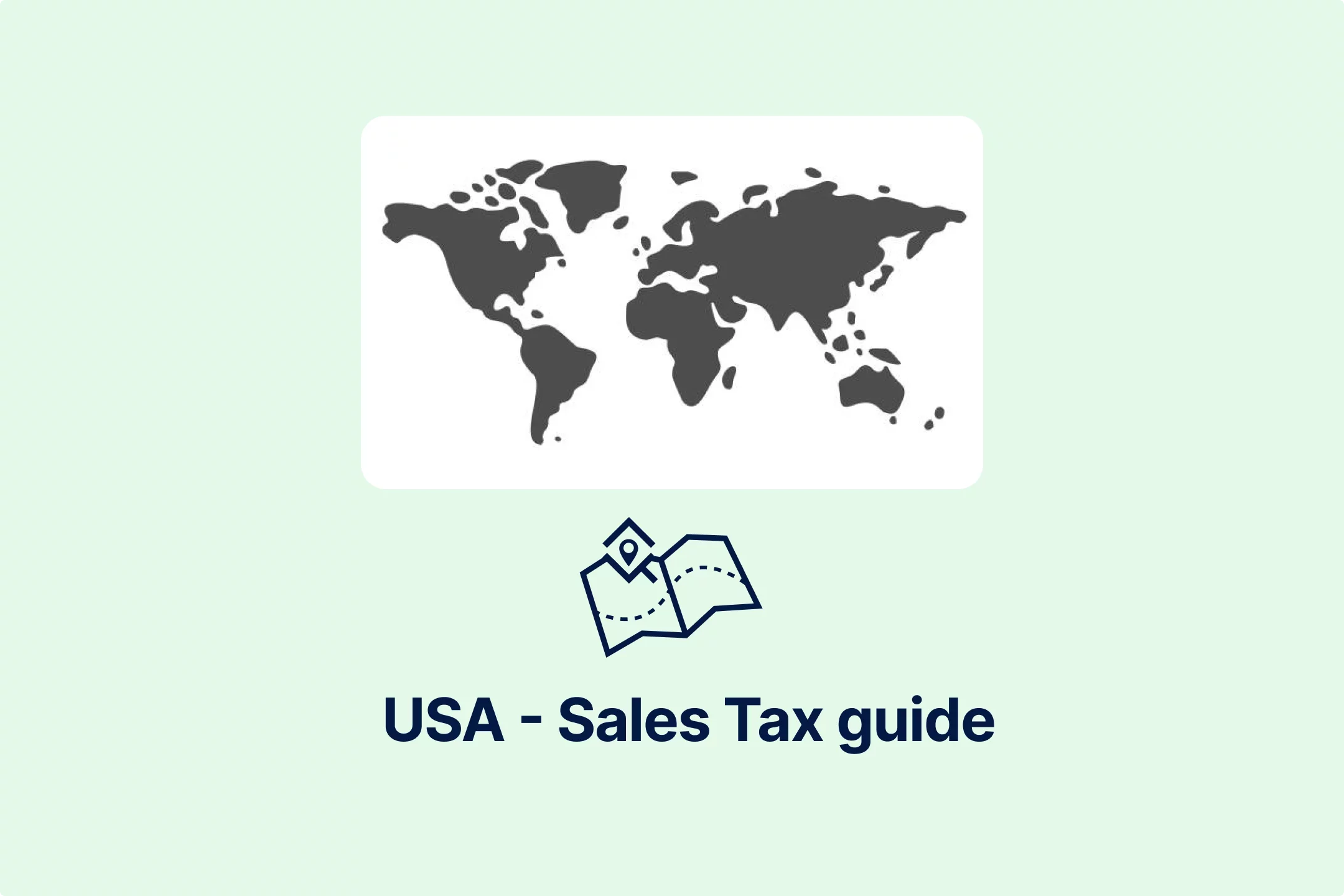


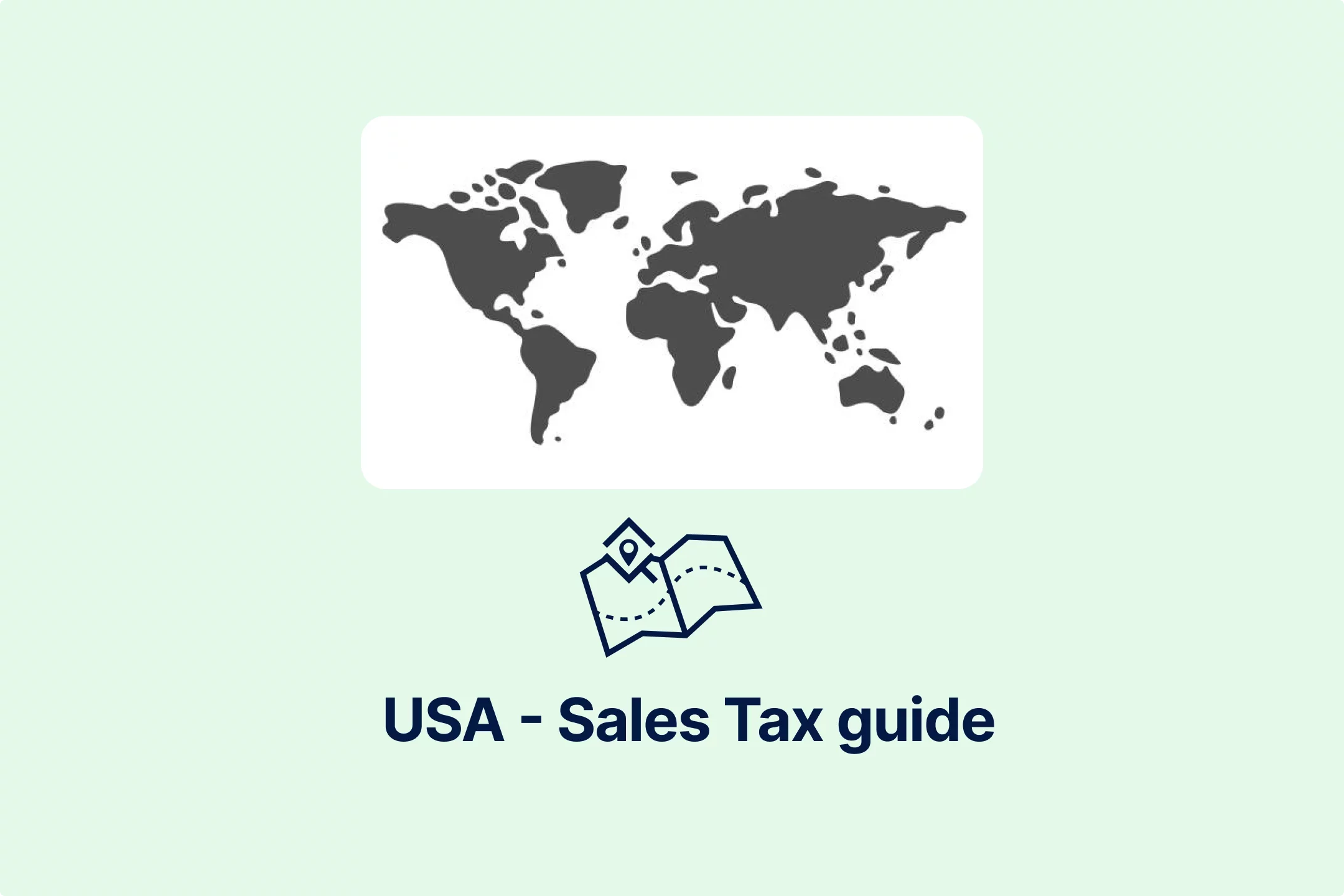

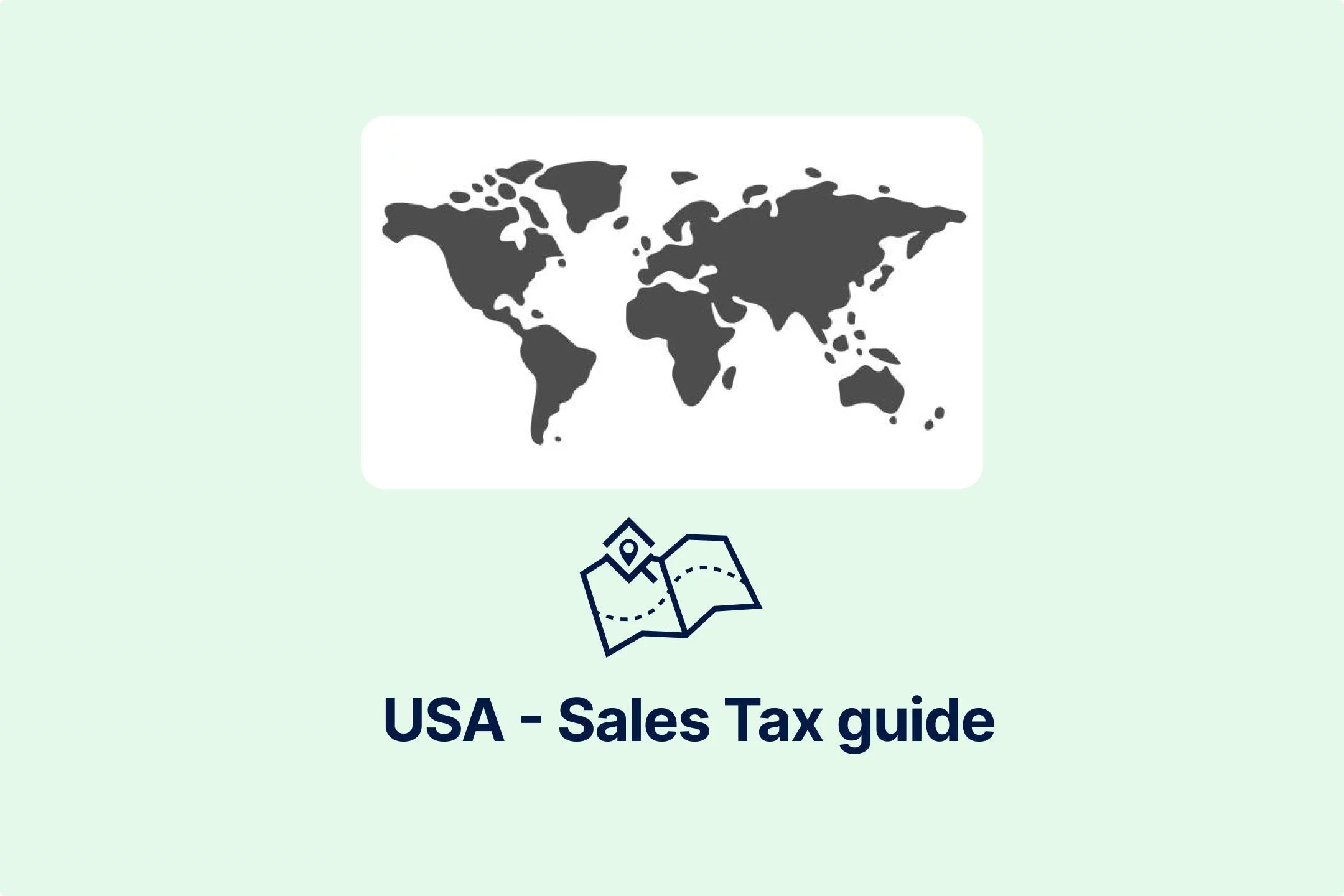
-sug7vykj81.webp)

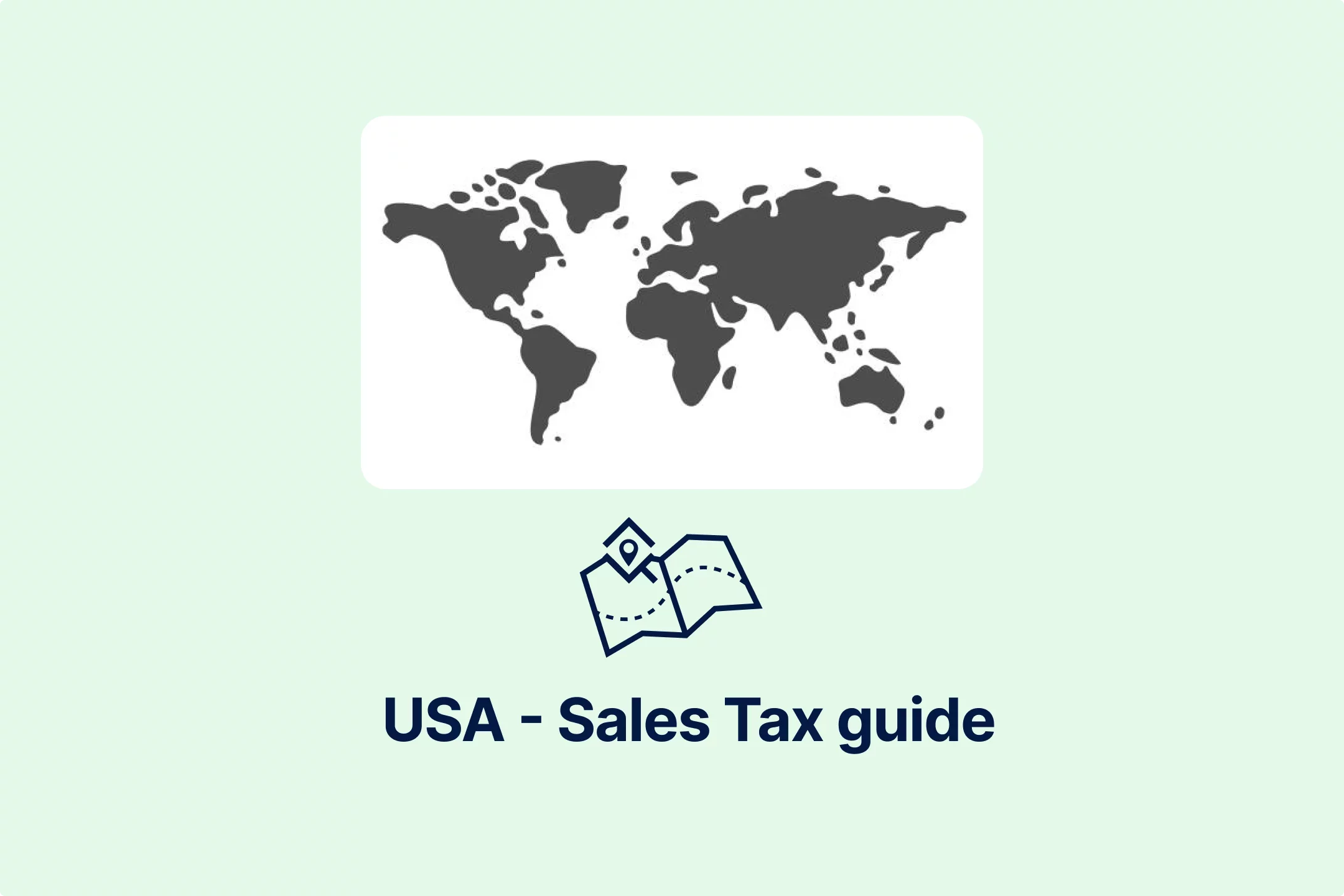

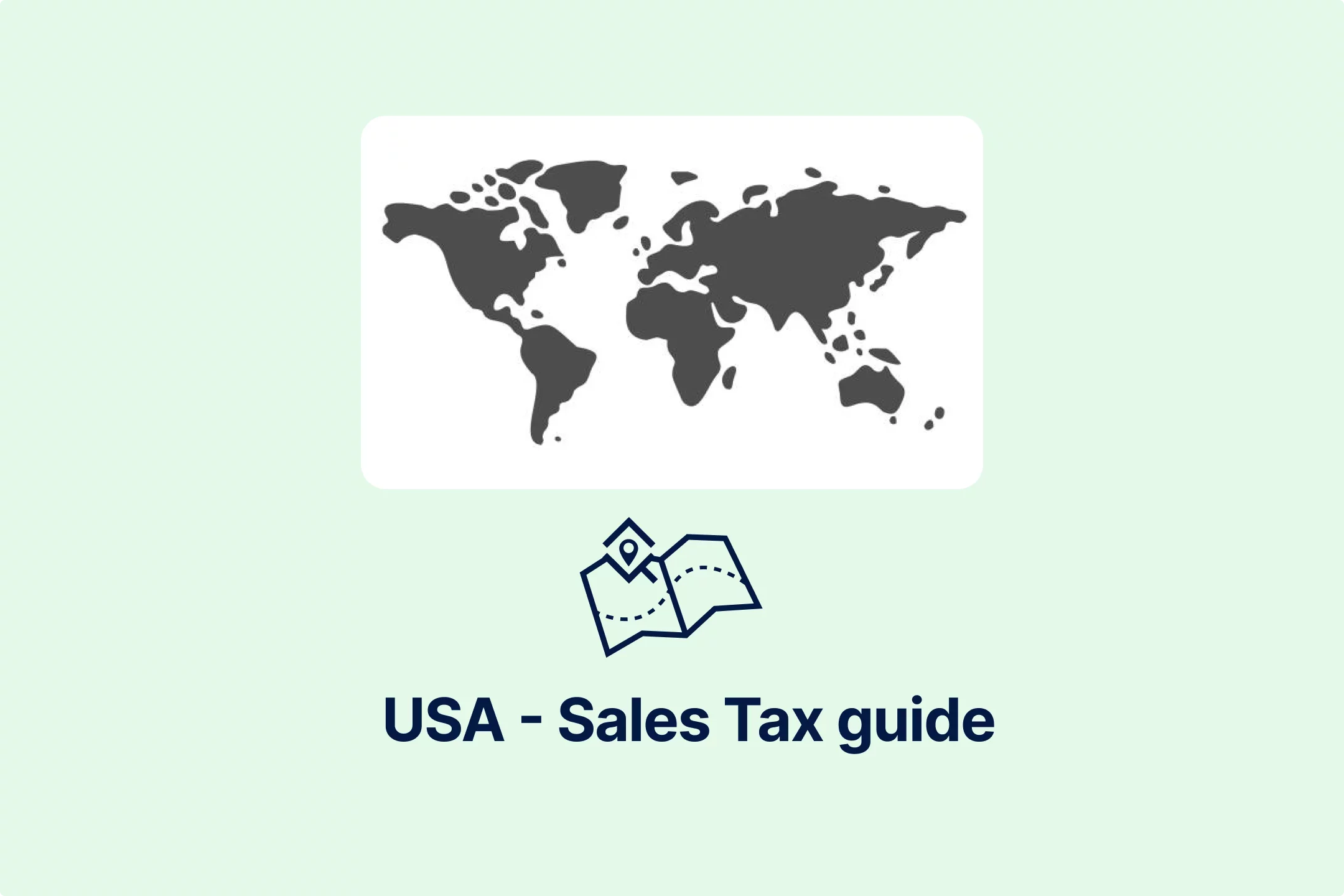


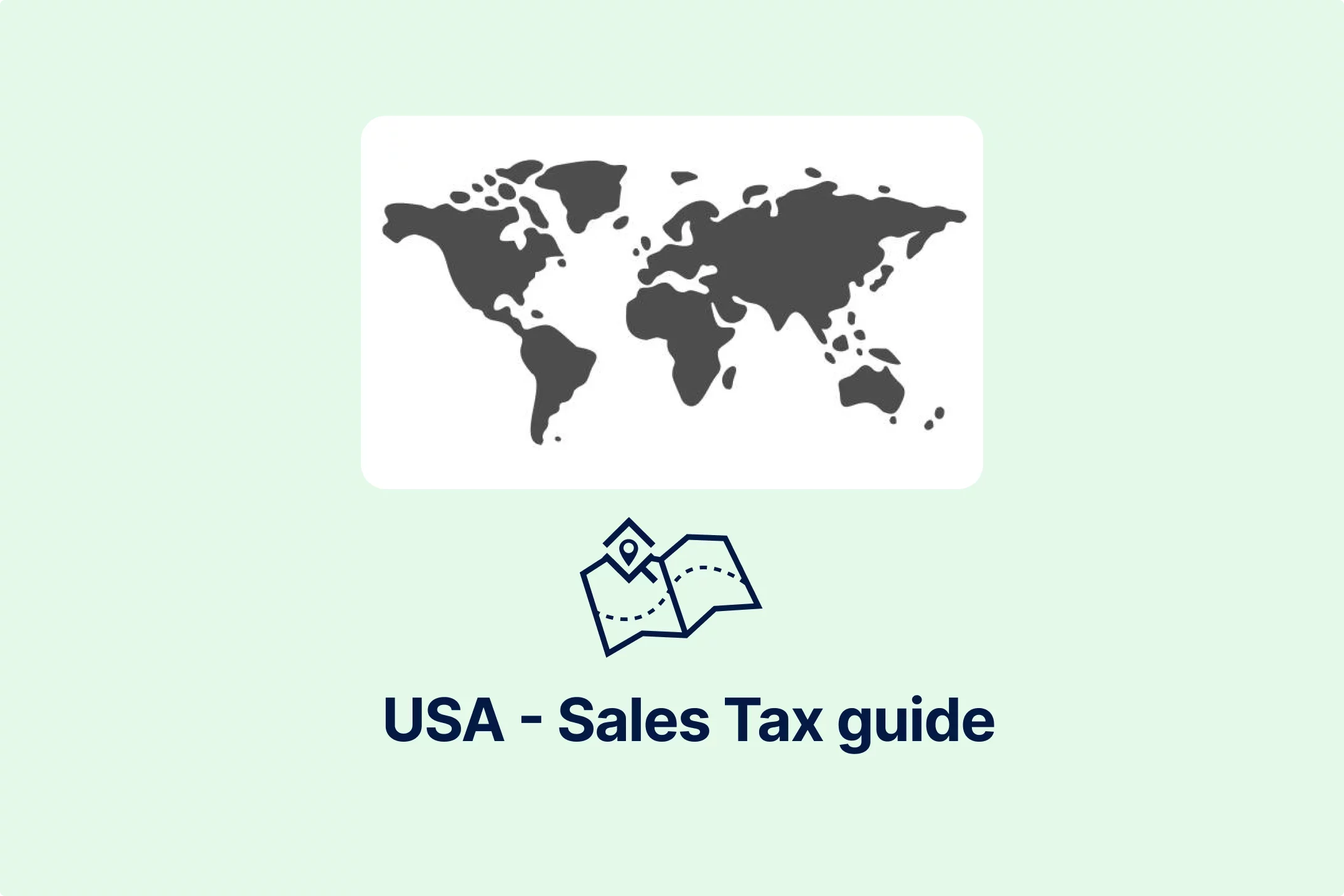
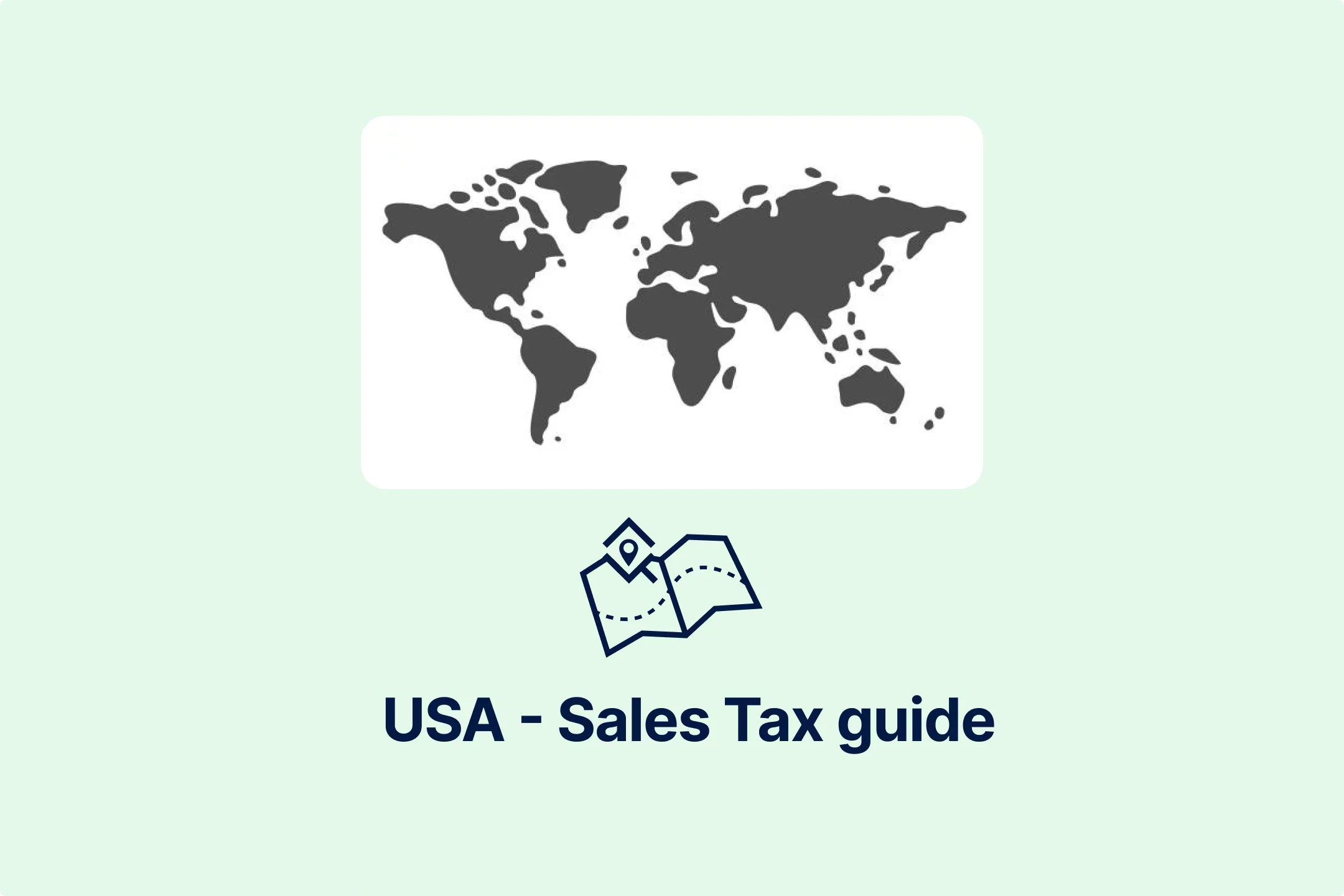



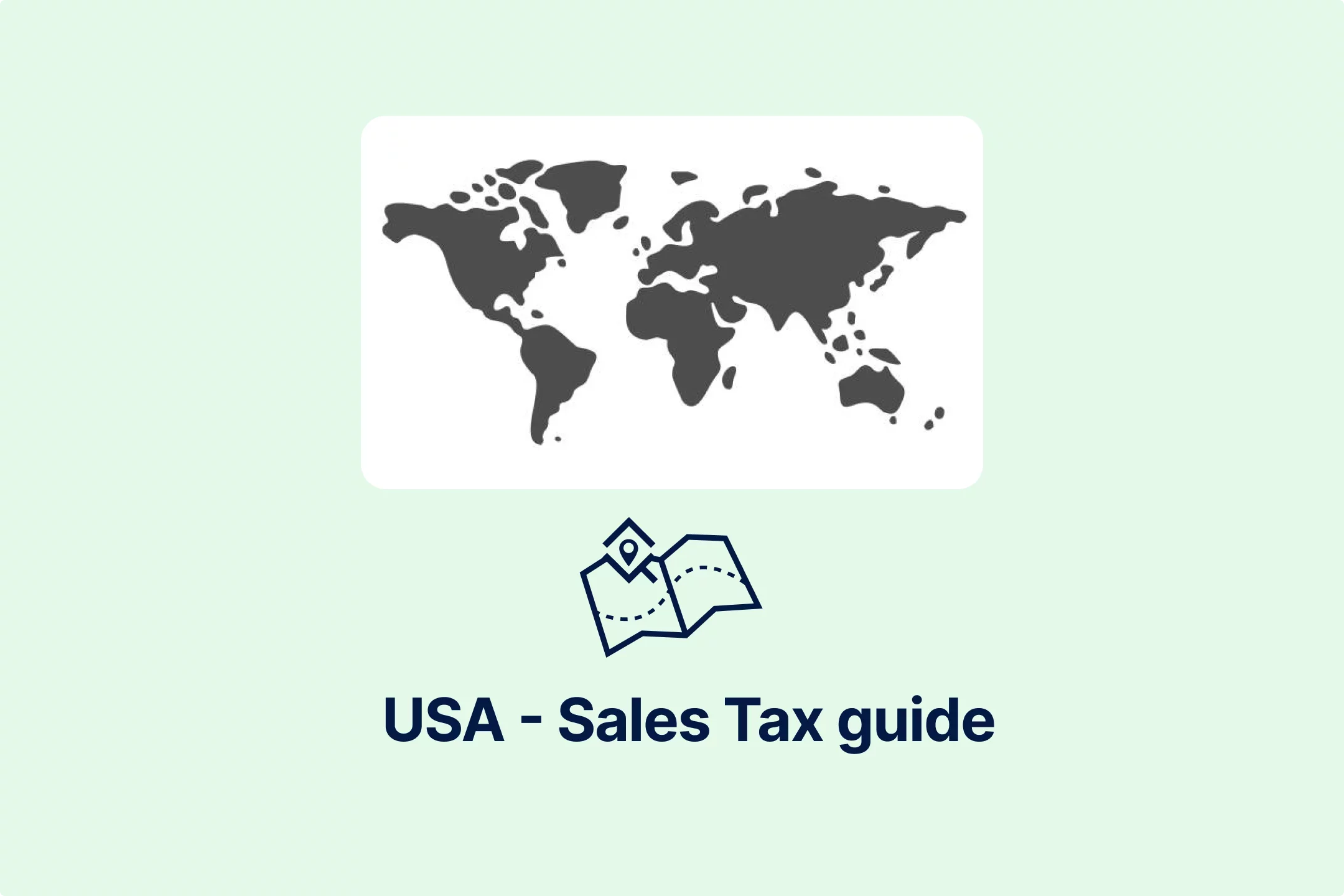
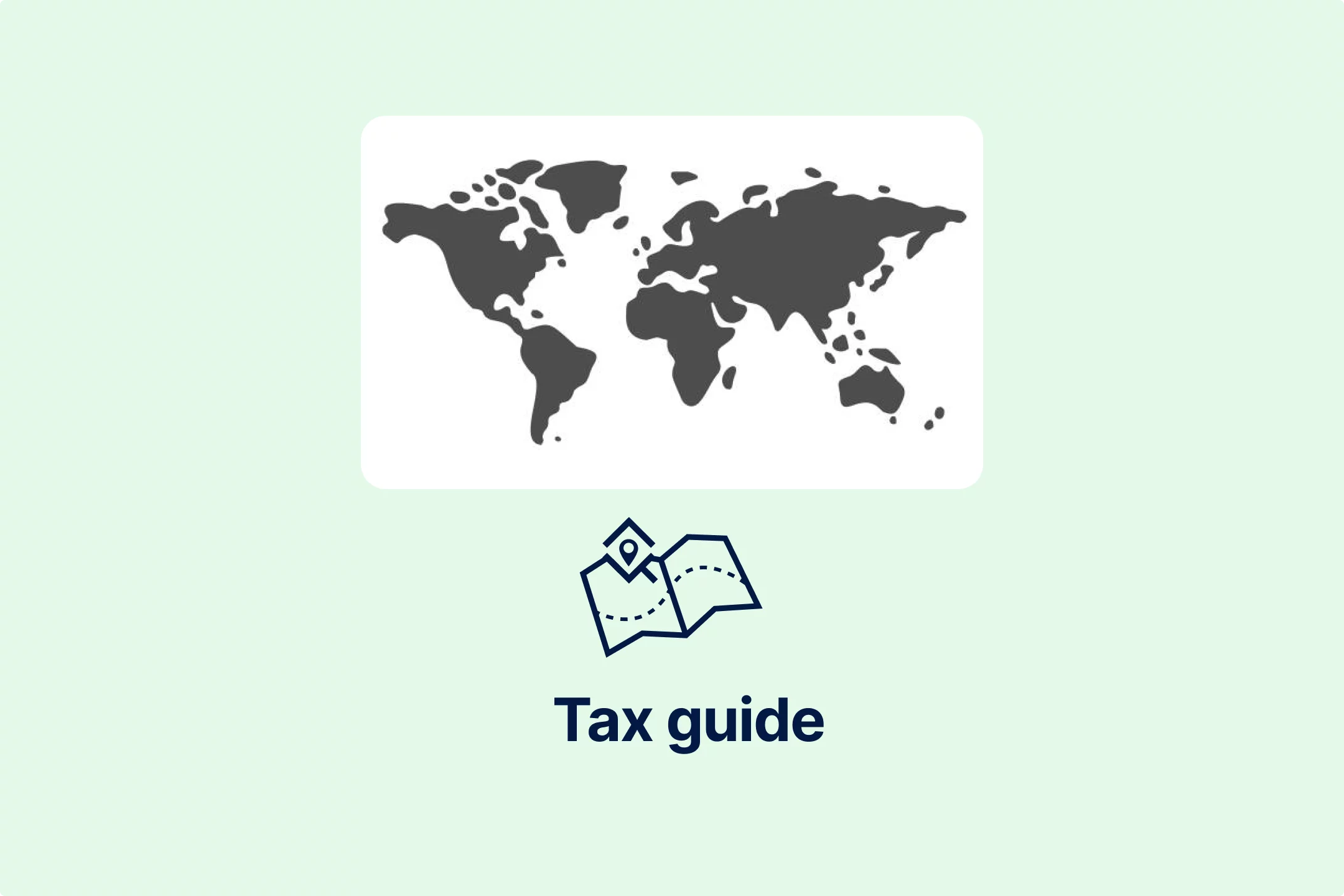
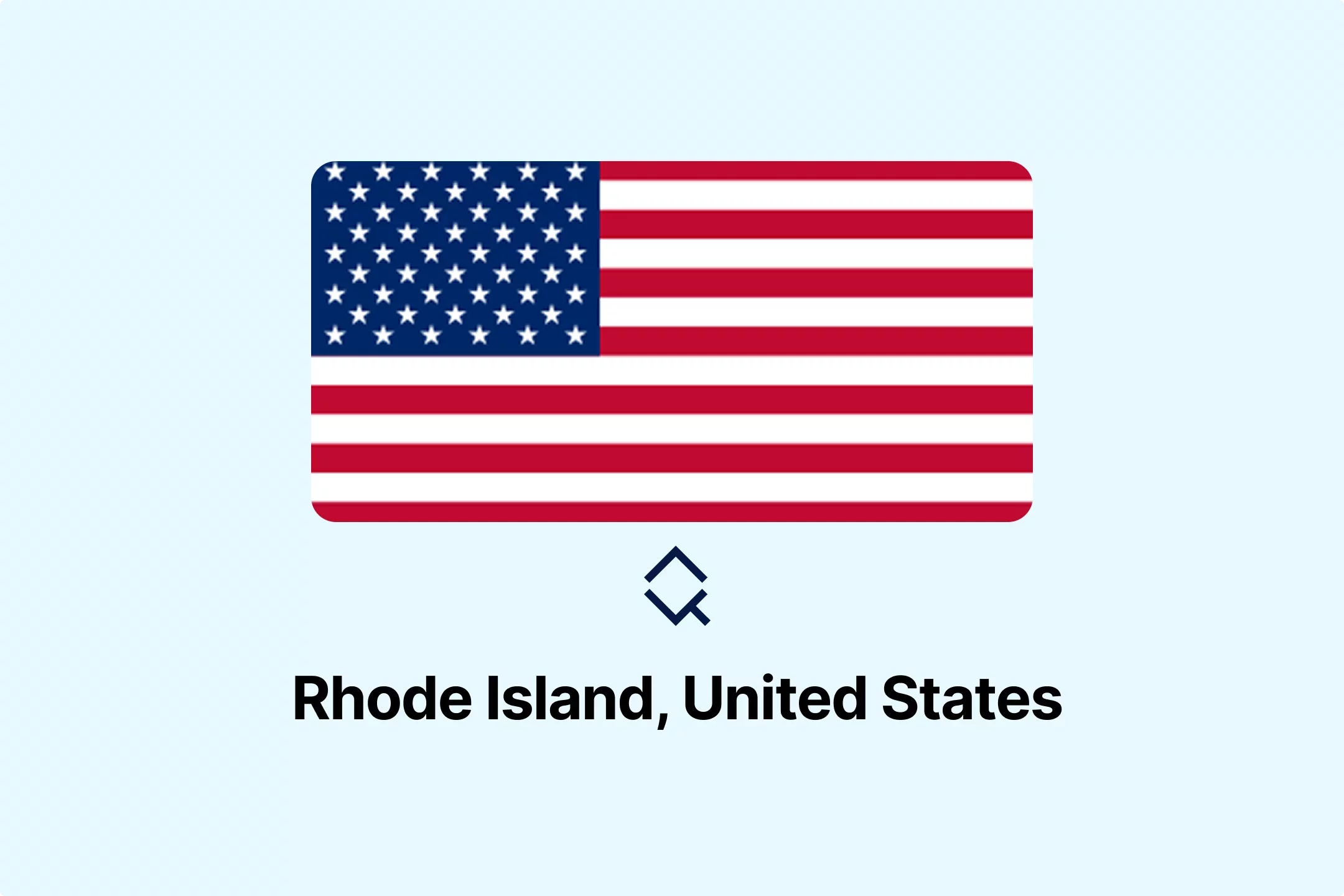

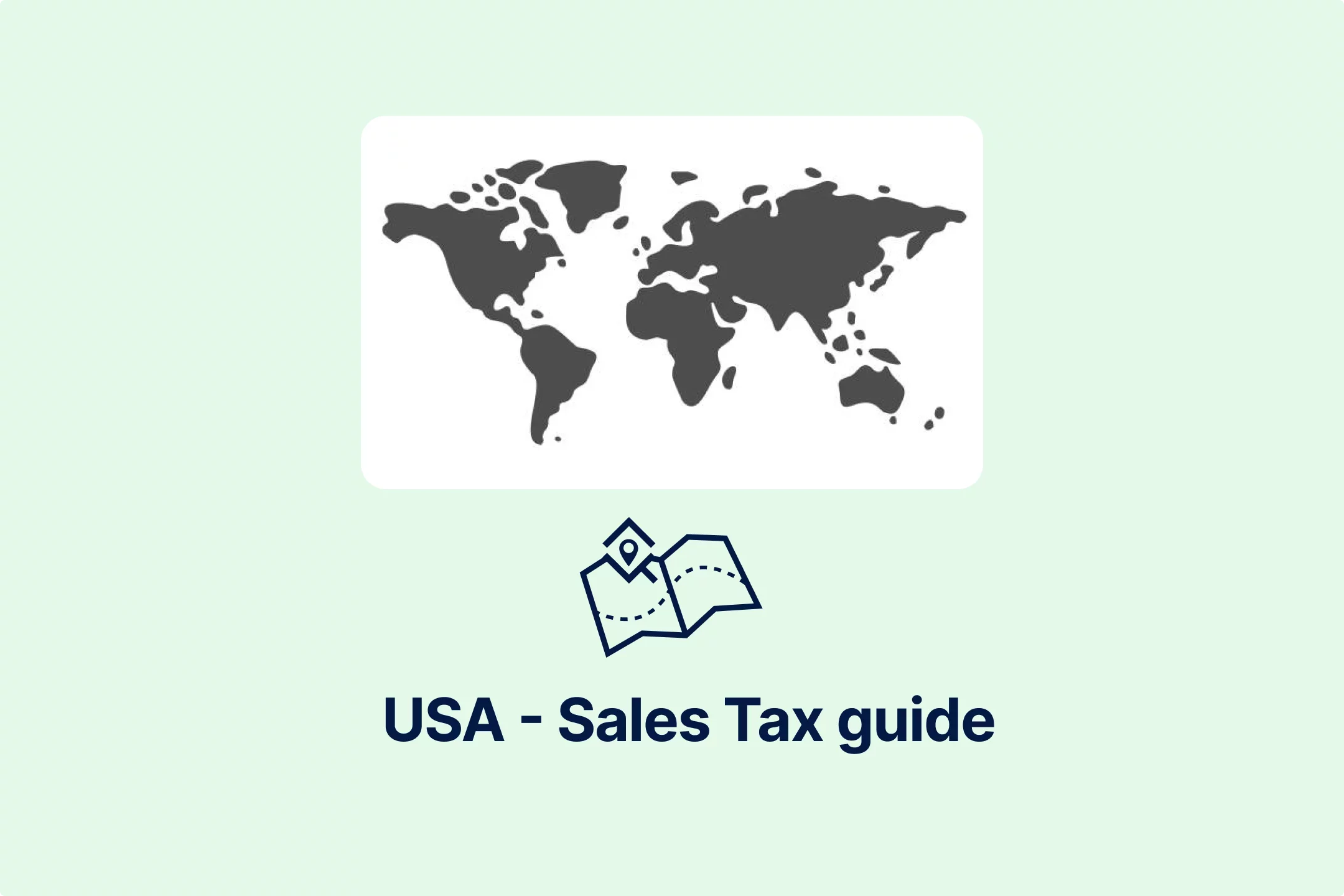

-pofe7ucwz3.webp)
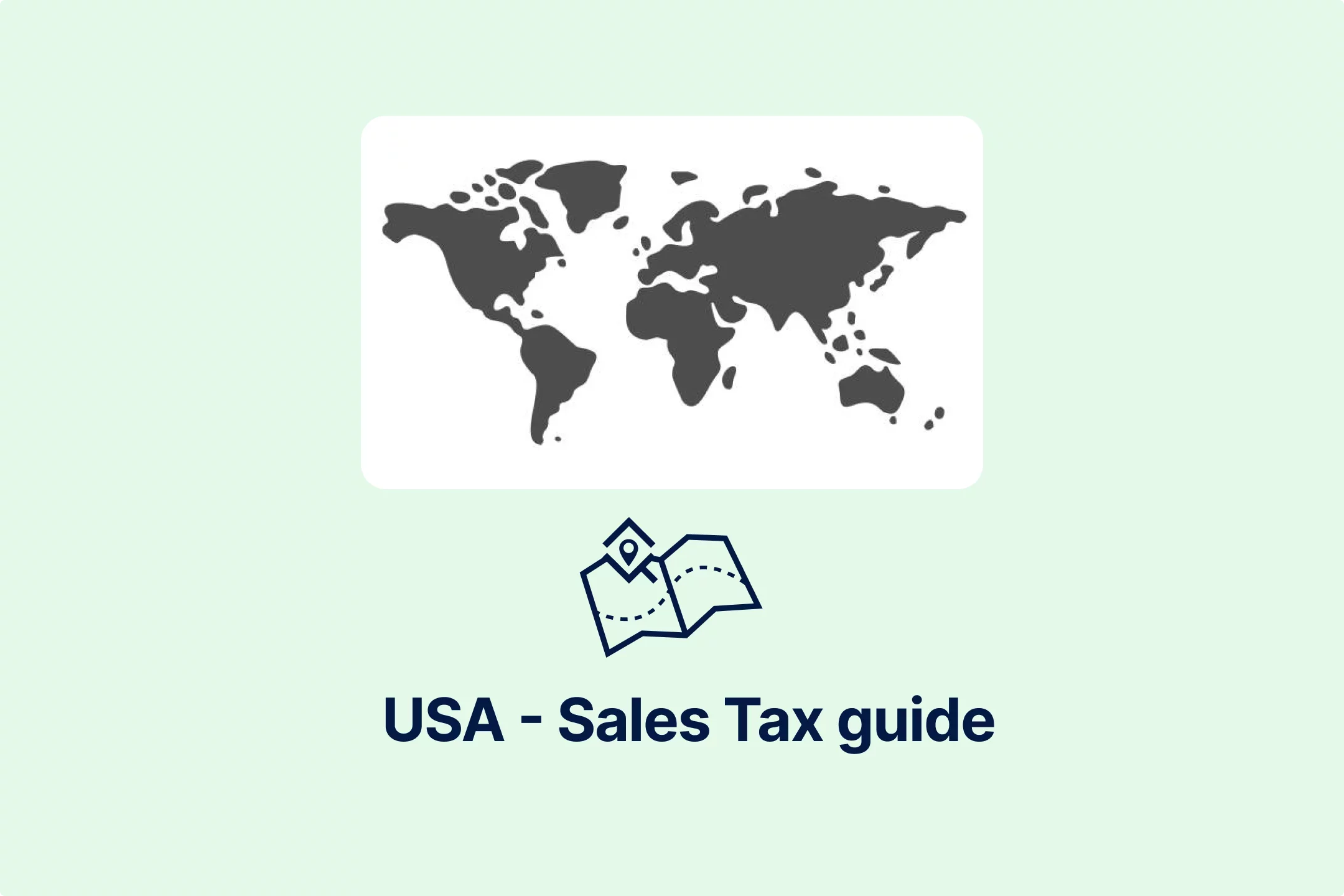

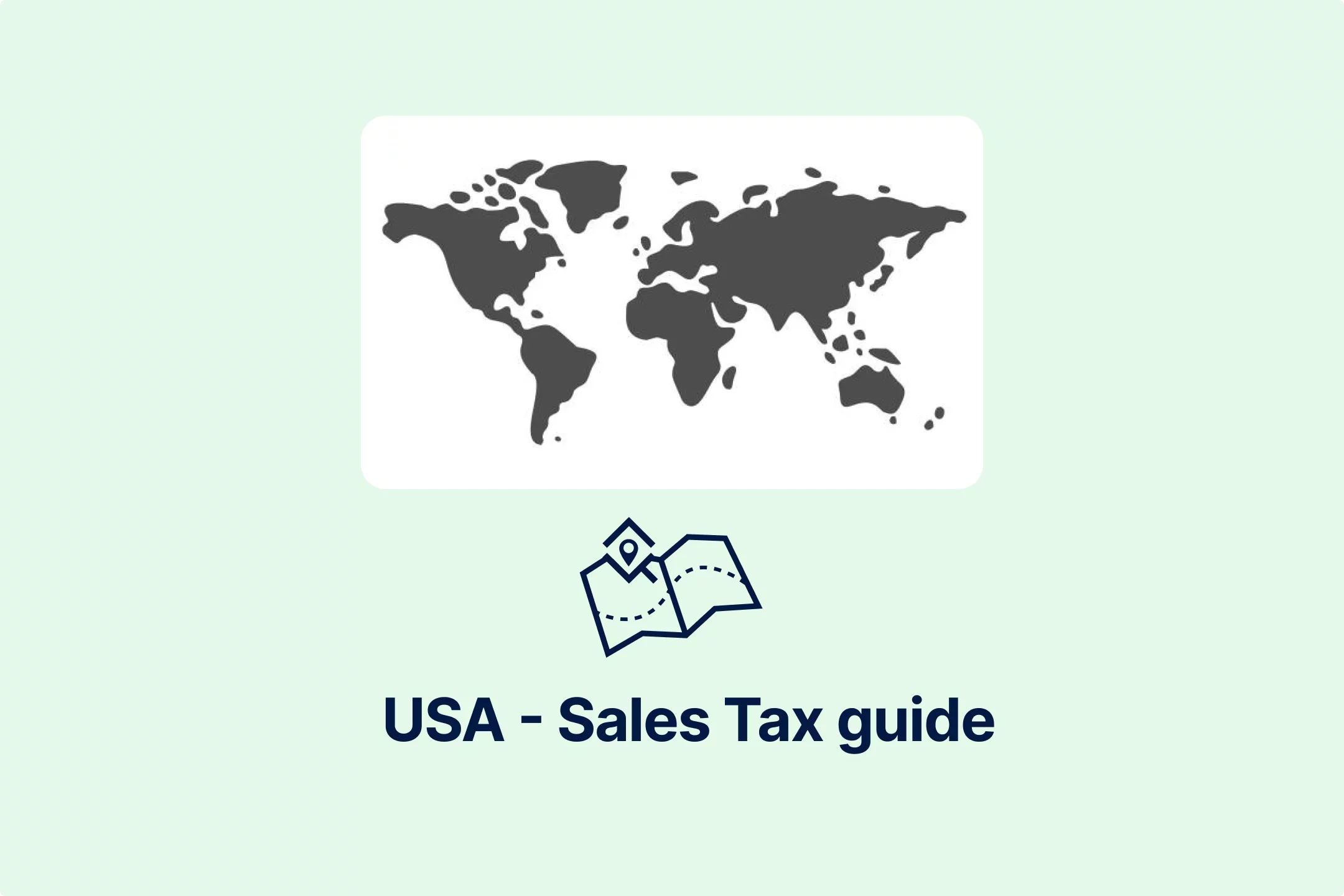




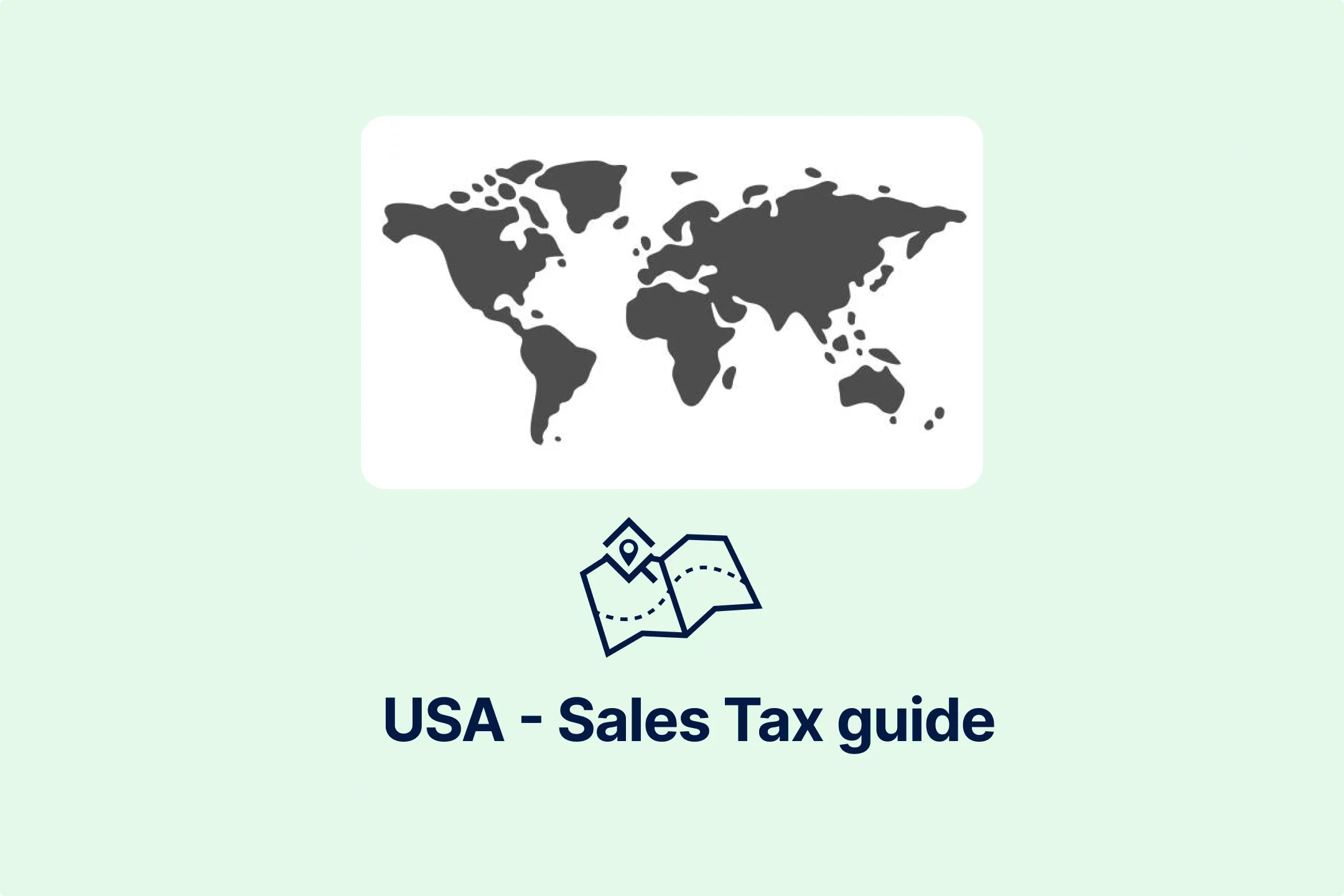

-de8hdb1bn3.webp)
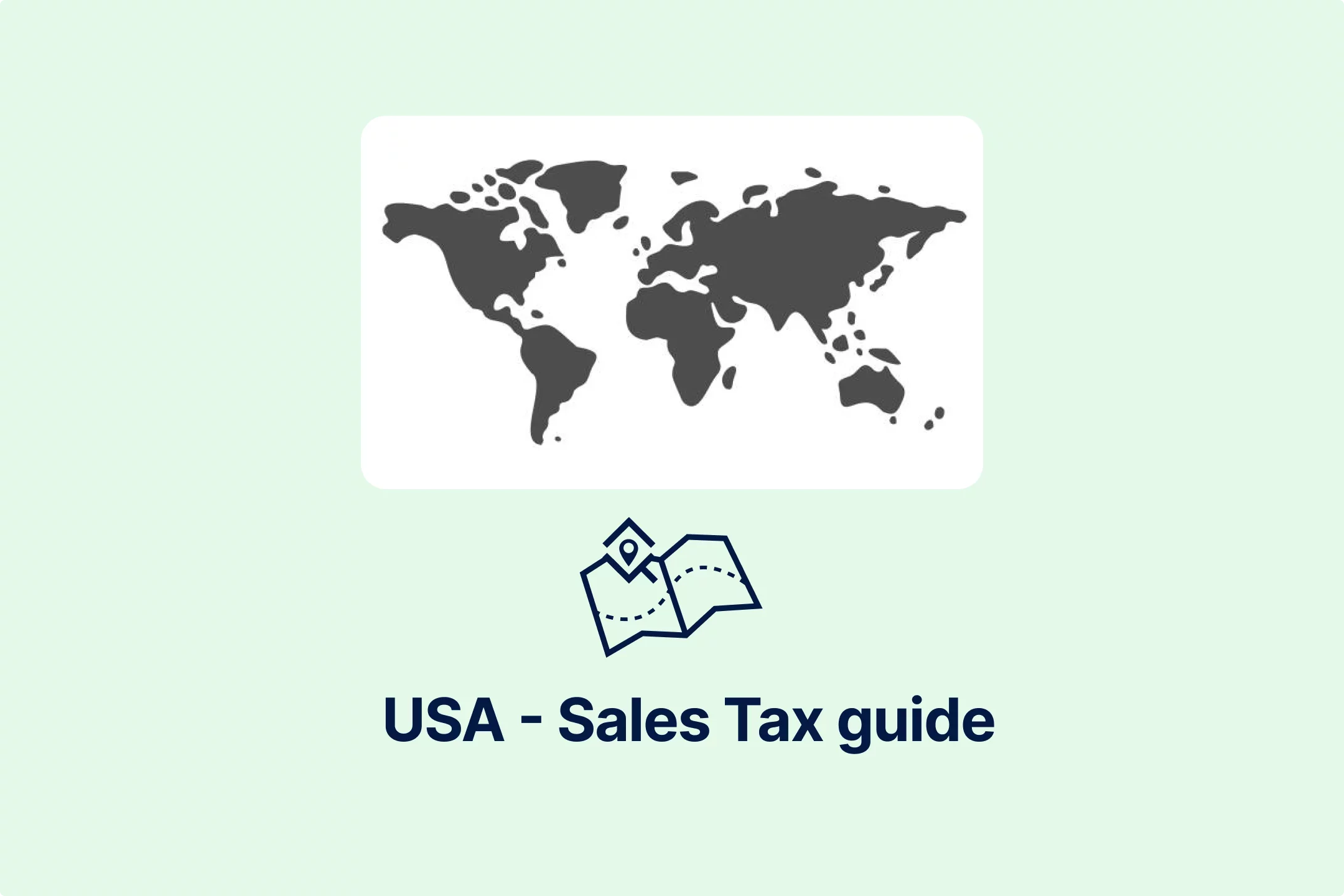







-xbhr0m4jsb.webp)


-ae6fi6cjox.webp)





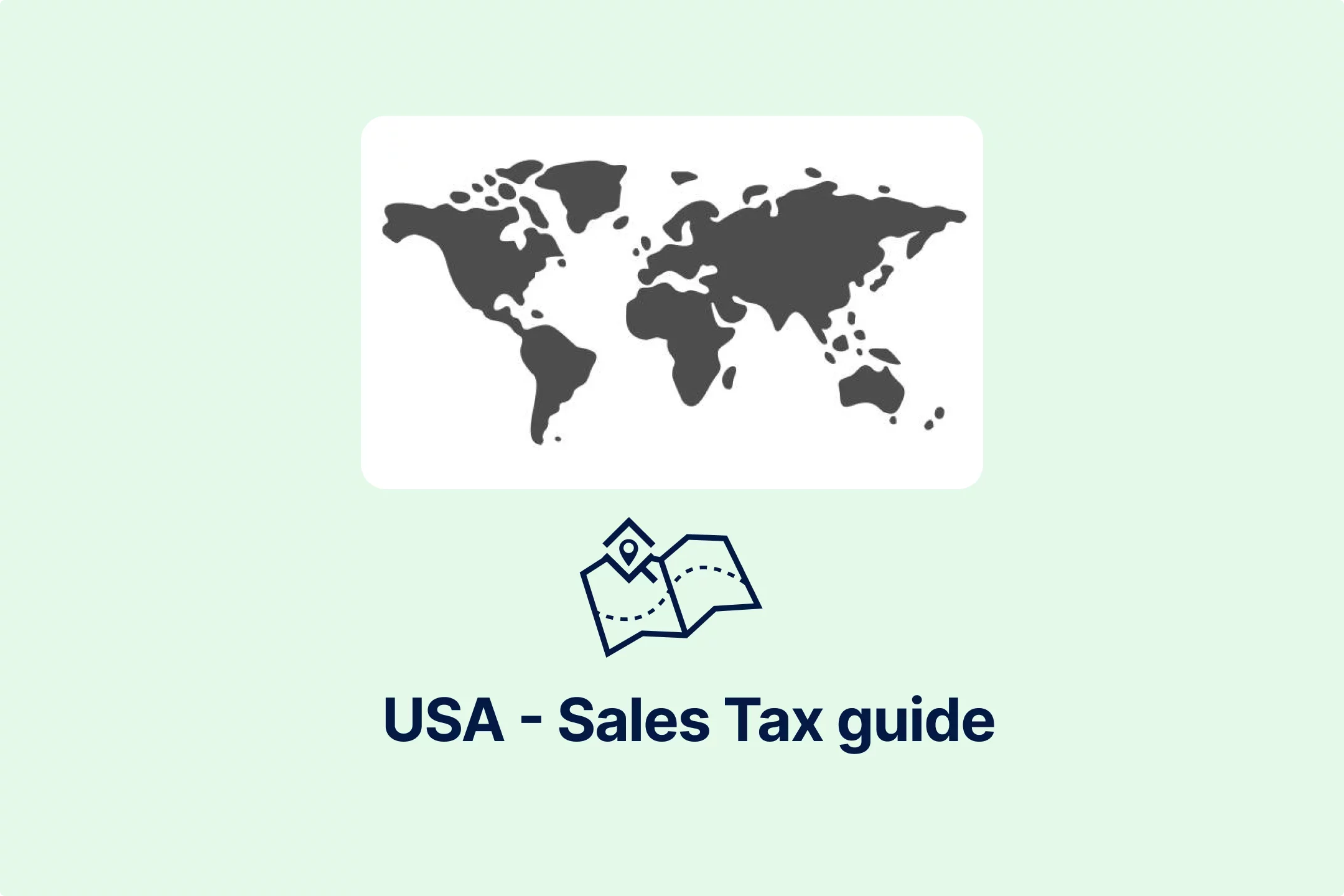








-b0fpsws1w1.webp)




















-x78wuofpzj.webp)
















-b44f1vjl1i.webp)

-priw8nq5xc.webp)


.png)

.png)






























